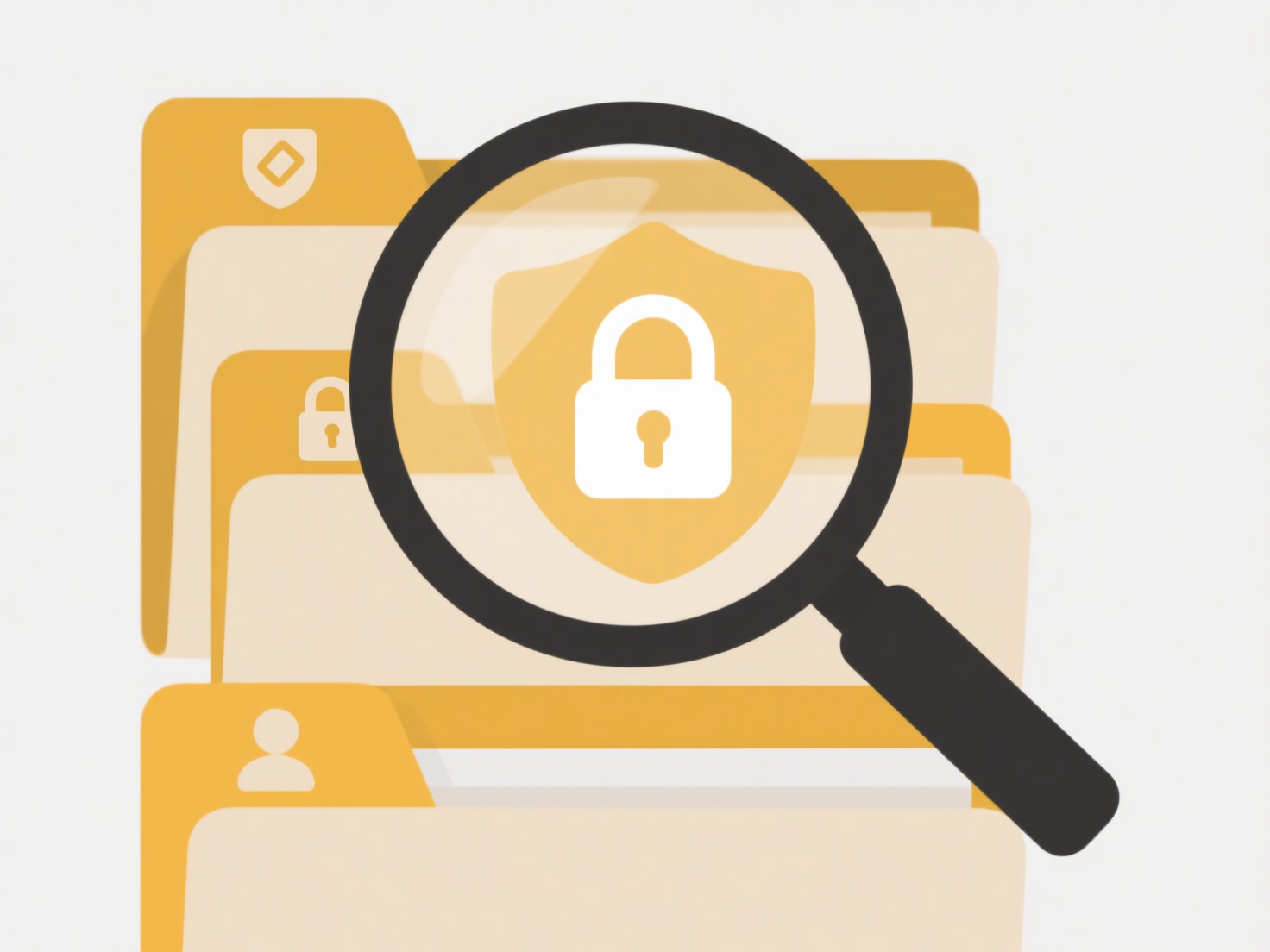
Pausing syncing temporarily stops automated file transfers between your device and cloud storage services like OneDrive, Dropbox, or iCloud. Unlike fully disabling syncing or disconnecting from the internet, it halts ongoing uploads and downloads until you manually resume, while leaving existing local copies of your synced files intact and accessible on your device. This gives you full control over network usage without interrupting other work.
Common use cases include troubleshooting persistent upload/download errors or managing limited bandwidth. For instance, you might pause syncing when working on a slow hotel Wi-Fi connection to ensure a large video file upload doesn't hinder video conferencing. Similarly, you could pause syncing on a mobile app while traveling to avoid exceeding a cellular data cap before connecting to a secure Wi-Fi network later.

This feature offers significant flexibility for managing resources and connectivity, acting as a built-in safeguard for bandwidth-sensitive scenarios. A key limitation to remember is that changes made to files during a pause won't be automatically updated to the cloud or other linked devices until syncing resumes. This deliberate pause-resume mechanism empowers users without requiring complex configuration changes.
Can I pause syncing temporarily?
Pausing syncing temporarily stops automated file transfers between your device and cloud storage services like OneDrive, Dropbox, or iCloud. Unlike fully disabling syncing or disconnecting from the internet, it halts ongoing uploads and downloads until you manually resume, while leaving existing local copies of your synced files intact and accessible on your device. This gives you full control over network usage without interrupting other work.
Common use cases include troubleshooting persistent upload/download errors or managing limited bandwidth. For instance, you might pause syncing when working on a slow hotel Wi-Fi connection to ensure a large video file upload doesn't hinder video conferencing. Similarly, you could pause syncing on a mobile app while traveling to avoid exceeding a cellular data cap before connecting to a secure Wi-Fi network later.

This feature offers significant flexibility for managing resources and connectivity, acting as a built-in safeguard for bandwidth-sensitive scenarios. A key limitation to remember is that changes made to files during a pause won't be automatically updated to the cloud or other linked devices until syncing resumes. This deliberate pause-resume mechanism empowers users without requiring complex configuration changes.
Related Recommendations
Quick Article Links
How to automate the renaming of files as they are downloaded or added?
How to automate the renaming of files as they are downloaded or added? Automated file renaming streamlines organizatio...
Can I save file search queries for reuse?
Yes, many modern operating systems and file management applications allow you to save search queries for reuse. This fun...
What is a file name suffix like “_copy” or “(1)”?
A file name suffix like "_copy" or "(1)" is an automatic addition made by an operating system or application to avoid ov...